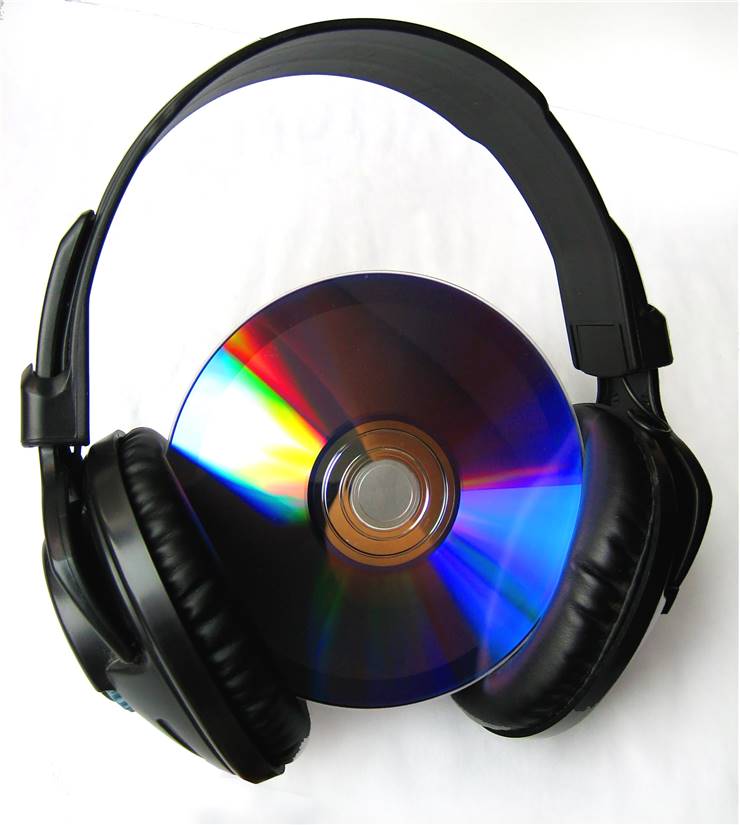History of Digital Recording
100 years was the time distance between the discoveries of first sound recording device and implementation of digital recording. During those 100 years, constant technological advancements and endless innovations from scientist and technicians enabled the creations of several distinct waves of mechanical sound capturing, processing and reproducing. From simple tin foil and wax cylinders who were carefully engraved with the sound information gathered by recording diaphragm, widely popular disc based gramophones who swept over the world, to the cassette tapes who enabled listeners to enjoy multichannel sounds, industry of sound recording received gigantic step forward with the rise of the computers and digital audio.
Digital recording represent storing information about sounds not in a physical way like on gramophone discs or as magnetic signatures as with magnetic tapes, but as a series of discrete numbers that represent changes in air pressure trough time. This new way of storing data finally enabled technicians and scientist to preserve sound in unrivaled quality (which was unobtainable with previous technologies, especially low levels of noise and distortion), and enable permanent preservation of sound in its original state no matter how many times the sound was played. Sound is transferred into digital form by analyzing sound wave thousand times per second, and assigning each sample with unique binary signature. This perfect sound record enables technician to remove building up of noise while using multichannel recording, which was not possible before.

First digital recordings were saved on magnetic tapes and were demonstrated to the public in late 60s Japan. However, it was 1977 that saw the release of first commercially available digital audio recorder - Sony PCM-1. It converted analog audio into digital and stored it on VHS tapes that would later be used in digital mastering, but commercial music continued to be sold on magnetic tapes and vinyl. That all started to change in late 1970s when Sony and Panasonic started showcasing compact disc, a true digital medium that had the capacity to hold up to 150 minutes of high quality audio. The way compact disc stores information is with the thin layer of aluminum foil that is marked with the millions bits of data in a pattern that can be read by the laser and converted with electronic into analogue signal.
Arrival of CDs finally enabled engineers to remove the noise that was introduced with the friction between stylus and storage material. This and many other advantages enabled CD to become one of the most popular audio storage mediums in late 20th and early years of 21st century. However, music industry did not look kindly at CDs because they carried near perfect sound quality and were very easily pirated by users. For that purposes, they created another digital storage medium called digital audio tape (DAT) in 1987. This new format received moderate success in North America, and today survives as one of the preferred ways to manipulate with professional audio recordings.
Early years of 21st century saw the rise of digital audio that is not attached to the physical media. Advances in the compression codecs (most notably MP3), internet infrastructure and miniaturization of personal digital players enabled users to carry their digital recordings whenever they went. Even though there were several influential MP3 players in late 1990s, music industry changed significantly with the arrival of Apple's iPod, extremely popular audio player who laid foundation for creation of modern digital music stores and the internet distribution infrastructure to the customers.


